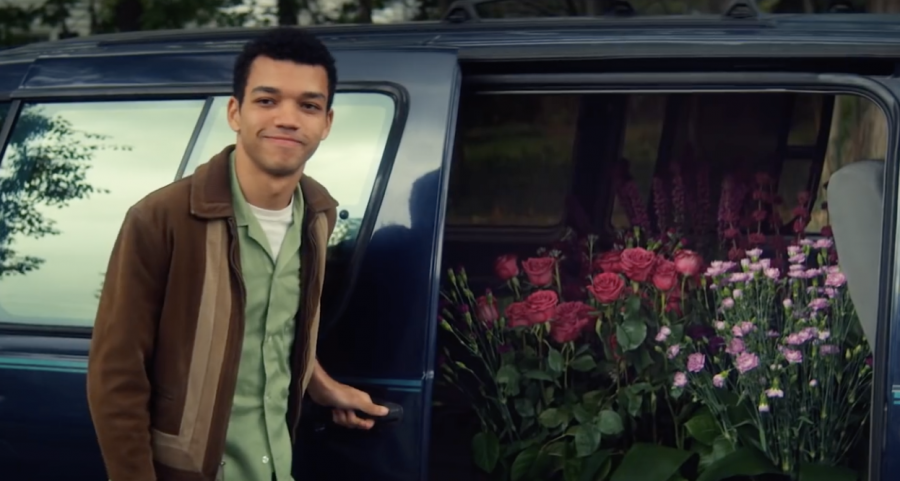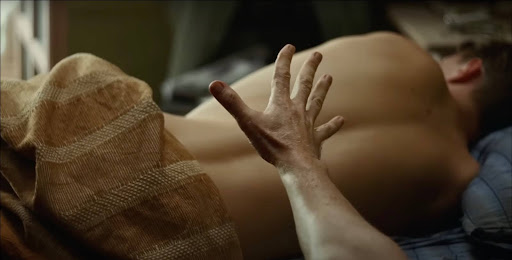Mourning the loss of a loved one is already painful and difficult; mixing it with survivor’s guilt and teenage hormones just further complicates it. “All the Bright Places,” released Feb. 28 on Netflix, introduces the story of two teenagers struggling with past trauma who hold each other’s hands and teach the other how to live –– or at least how to let go.
The moment Violet Markey (Elle Fanning) holds Theodore Finch’s (Justice Smith) hand, her seemingly infinite downward spiral starts to plateau. She learns to smile and laugh again months after her car accident –– in which her sister died. This is not an original backstory for a character, but Violet’s opening scene standing on the ledge of a bridge shouts “suicidal” at audiences and registers concern and awareness. Mental and emotional pain are just as significant and real as physical pain and oftentimes do more damage because they are dismissed.
Directed by Brett Haley, “All the Bright Places” juggles suicide, grief and mental illness between Finch and Markey’s characters. However, Finch’s character was underdeveloped in the film in comparison to Markey’s. There was not much background given about him or his mental health. Two of the only puzzle pieces offered to the audience include Finch’s abusive father and his sensation of losing control –– “feeling lost,” as Finch states in the film. Finch reminds himself constantly that he is in control of his own life and takes it to the extreme, committing suicide to recognize his power and authority. What led Finch to take his life? What was his internal battle? Was he considering options other than suicide? Not one of these questions were answered in the film.
Furthermore, Finch’s best friends completely disregard Finch’s disappearances and bursts of anger as his usual attitude and something they just have to deal with and ignore. This does not represent support in any way. They show up when it is convenient for them, and then disappear.
This film was based on a novel of the same name –– which I have not read –– but the director could have taken the story further than the written words. It had the potential to be a deeper plot, getting into the character’s heads and resonating with audiences the dangers of untreated mental health. “All the Bright Places” left the audience with more questions than answers about understanding and surviving the darkness within.










